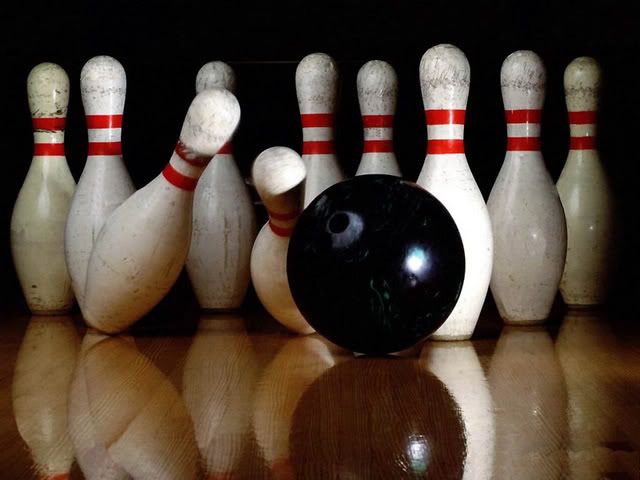To understand potential and kinetic energy, we must understand what energy is. Energy in a nut shell is the thing that makes other things happen. An example of this is when you kick a soccer ball, the soccer ball moves and does not stay in the same position that it was in before you kicked it. Most of the time, you can't see energy. Energy also can't be created or destroyed, but it can be transferred or stored by an object. A quick fact: the Earth's main source of energy is the sun.

Now that we have touched base on what energy is, let's talk about potential and kinetic energy. Potential energy is the energy an object has due to its position, shape, and the condition of the object. Kinetic energy on the other hand is the energy an object has due to its motion. The amount of kinetic energy depends on the object's speed and mass.
This all may be a little bit hard to understand, so I will give you a real life example to help you take in all this information. There is a five foot book shelf with two books on the shelf. One book on the shelf weighs one pound, and the other book weighs two pounds. The book that weighs two pounds has more potential energy because it has more mass, which means that it will have more kinetic energy if the book would leave its potential state. Now that we have the books on the shelf, let's see what happens when we bring them down.
Now that we know that the books have the potential energy, let's say that a person were to bump right into the book shelf. The books would then fall off the shelf and land on the floor. This is an example of kinetic energy, but let's make things a bit more interesting. Let's say that one book hit a lamp as it crashed to the ground and the lamp fell over. When that happened, the kinetic energy from the book was transferred to the lamp. Kinetic energy can be transferred from one object to another when the two objects collide. This same transfer of kinetic energy can be seen when a bowling ball hits the pins and knocks them over.

Thanks for reading the post. Please leave a comment in the comment section down below.




